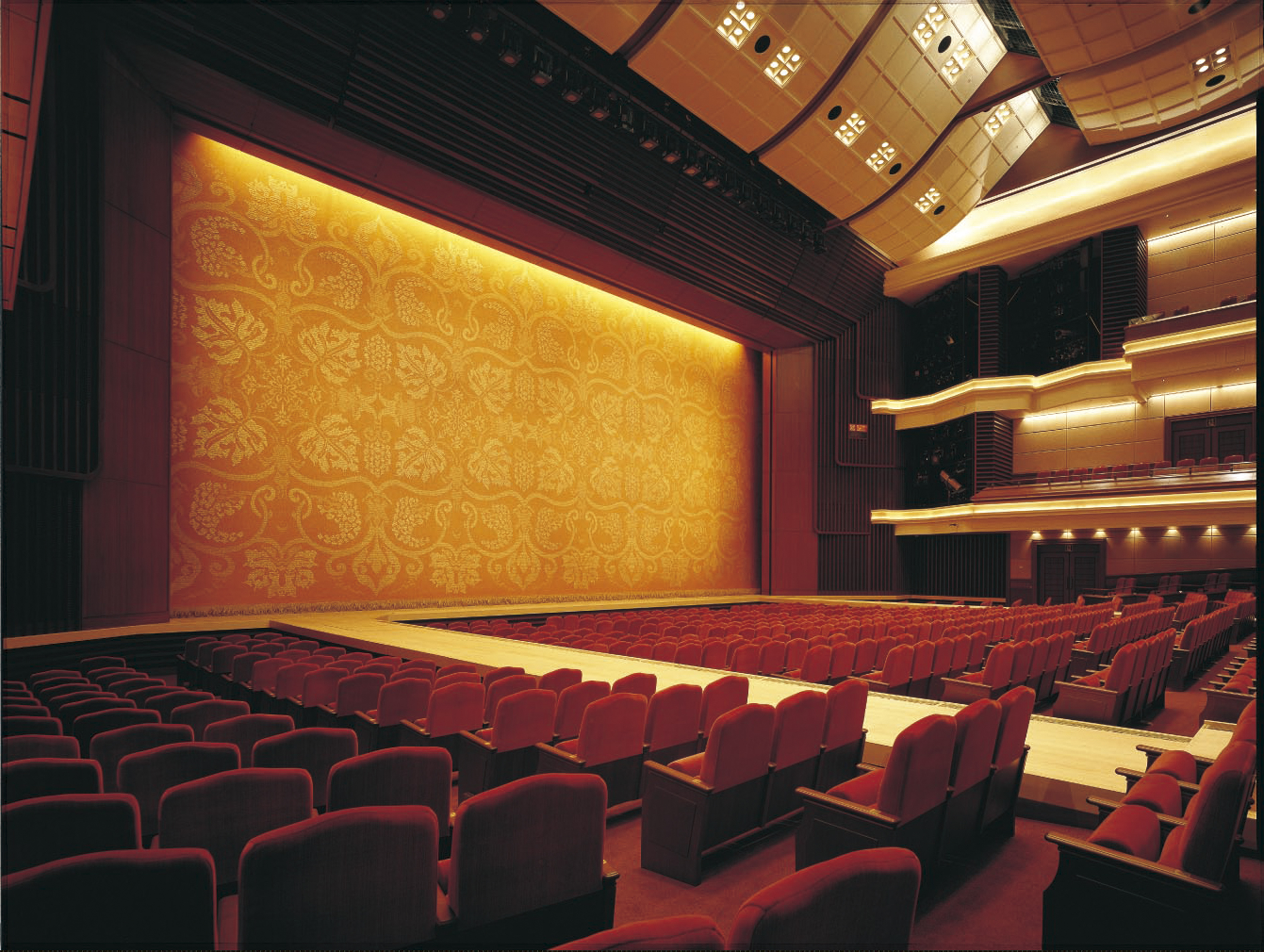Kabuki
Contents
Kabuki (歌舞伎) is a traditional Japanese form of theater with roots tracing back to the Edo Period. It is recognized as one of Japan’s three major classical theaters and has been named as a UNESCO Intangible Cultural Heritage.
What is it?
Kabuki is an art form rich in showmanship. It involves elaborately designed costumes, eye-catching make-up, outlandish wigs, and most importantly, the exaggerated actions performed by the actors. The highly-stylized movements serve to convey meaning to the audience; this is especially important since an old-fashioned form of Japanese is typically used, which is difficult even for Japanese people to fully understand.
Dynamic stage sets such as revolving platforms and trapdoors allow for the prompt changing of a scene or the appearance/disappearance of actors. Another specialty of the kabuki stage is a footbridge that leads through the audience, allowing for a dramatic entrance or exit. Ambiance is aided with live music performed using traditional instruments. These elements combine to produce a visually stunning and captivating performance.
Plots are usually based on historical events, warm hearted dramas, moral conflicts, love stories, tales of tragedy of conspiracy, or other well-known stories. A unique feature of a kabuki performance is that what is on show is often only part of an entire story. Therefore, to enhance the enjoyment derived, it would be good to read a little about the story before attending the show. At some theaters, it is possible to rent headsets which provide English narrations and explanations.
Where to watch it?
In the olden days, mainstream kabuki was performed at selected venues in big cities like Edo (present day Tokyo), Osaka and Kyoto.

(写真提供:福岡市)
These days, kabuki plays are most easily enjoyed at selected theaters with Western style seats. A performance is usually divided into two or three segments, with one show in the early afternoon and one towards the evening. Each segment is further divided into acts. Tickets are usually sold per segment, although in some cases they are also available per act. They typically cost around 2,000 yen for a single act or between 3,000 and 25,000 yen for an entire segment depending on the seat quality.

(写真提供:福岡市)
Here are some venues where kabuki can be watched:

(写真提供:福岡市)
| Fukuoka Hakataza Theater |
|---|
| Next to Nakasu Kawabata Subway Station Website:http://www.hakataza.co.jp/ |
| Tokyo Kabukiza Theatre |
|---|
| Above Higashi-Ginza Station (Hibiya/Asakusa Subway Lines) Website:http://www.kabuki-za.co.jp/ |
| Tokyo National Theatre |
|---|
| 5 minute walk from Hanzomon Station (Hanzomon Subway Line) Website:http://www.ntj.jac.go.jp/english/access/facilities_01.html |
| Kyoto Minamiza Theater |
|---|
| In the Gion district, just next to Keihan Gion-shijo Station or 5 minute walk from Hankyu Kawaramachi Station Website:https://www.shochiku.co.jp/play/theater/minamiza/ |
| Osaka Shochikuza Theater |
|---|
| In the Dotombori District near Namba Station Website:https://www.shochiku.co.jp/play/theater/shochikuza/ |
Useful Links
| kabukiweb |
|---|
| Offical website by the Shochiku Corporation, the leading producer of kabuki performances. https://www.kabukiweb.net/ |
| Japan Arts Council |
|---|
| http://www.ntj.jac.go.jp/ |
